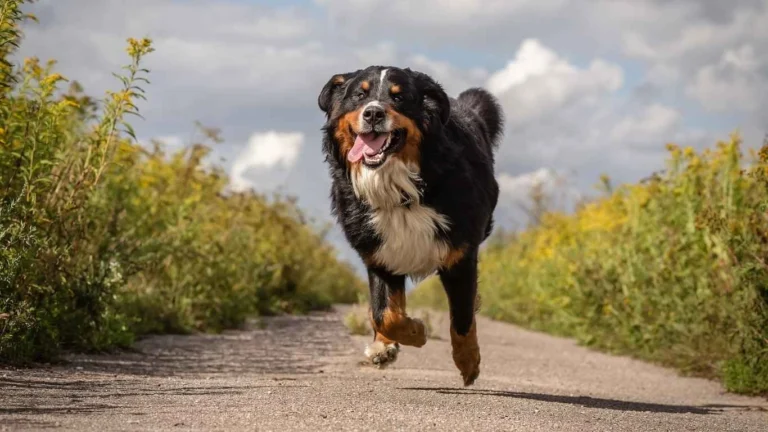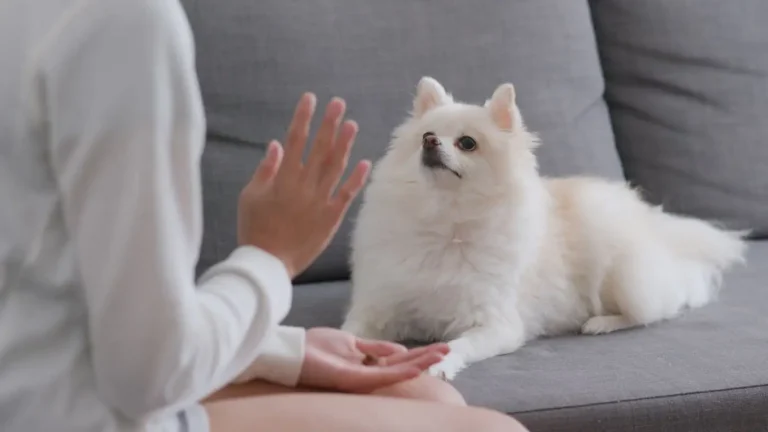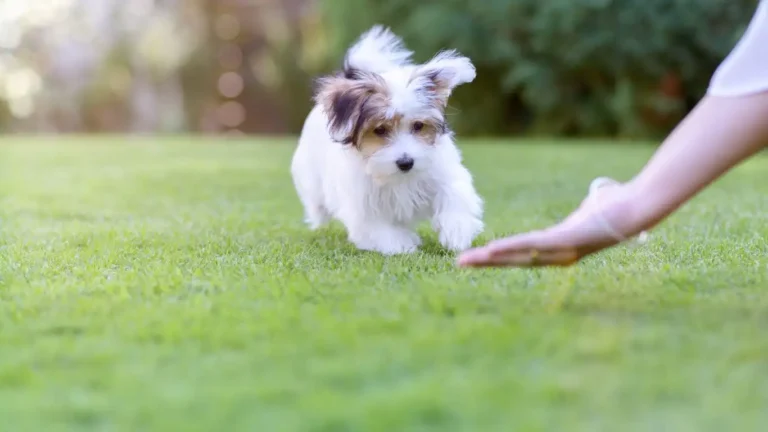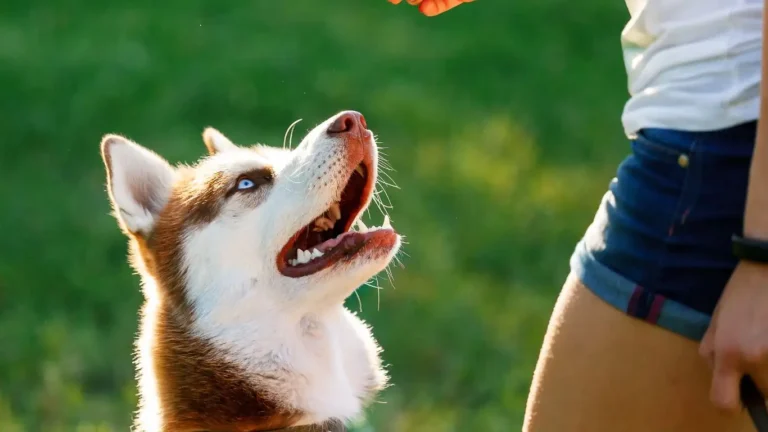Best Diet for Hyperactive Dogs: Top Tips to Calm Your Energetic Pup
As a Pet Nutritionist with years of experience working in veterinary clinics, I’ve had the opportunity to work with a wide variety of dogs, from those who are calm and relaxed to those with a bit more energy than they know what to do with. One of the common concerns pet owners ask me about is their hyperactive dogs. It’s no surprise, since a hyperactive dog can be both a joy and a challenge to handle. The question I hear most often is: what is the best diet for hyperactive dogs?
If you’ve got a high-energy pup who seems to never stop moving, it might feel like you’re running out of ways to get them to calm down. But here’s the thing — your dog’s behavior might be strongly influenced by what’s in their bowl. Believe it or not, the right diet can play a huge role in helping to manage hyperactivity in dogs. Let’s dive into what makes up the best diet for hyperactive dogs, and how you can tweak your furry friend’s nutrition to encourage a more balanced, calmer temperament.
Understanding Hyperactivity in Dogs
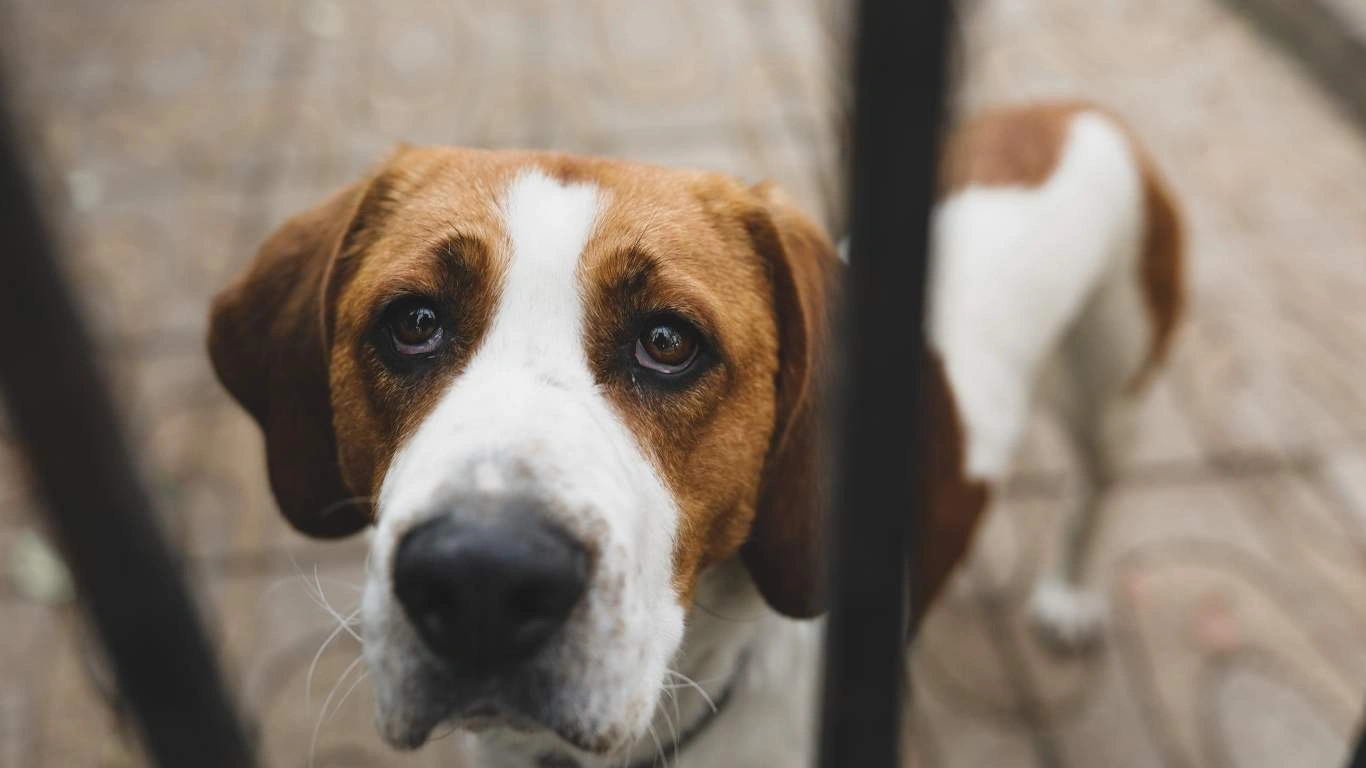
Before we get into the nitty-gritty of dog diets, it’s important to understand why some dogs are more hyperactive than others. Hyperactivity can manifest as constant energy, excessive barking, difficulty focusing, or even destructive behavior when left alone. A hyperactive dog might be jumping all over the place, darting around, and always seeking attention. There’s a lot more to it than just ‘acting up.’ In fact, hyperactivity can stem from a variety of factors including genetics, environment, and—yes—diet.
From my experience, I’ve found that hyperactive dogs often have specific nutritional needs that, if not met, can worsen their energy levels. For example, a poor diet can lead to blood sugar imbalances, which might make your dog feel more energetic than usual. On the flip side, proper nutrition can help your dog maintain a healthy energy balance, reducing the chances of excessive hyperactivity.
What’s the Link Between Diet and Hyperactivity?
So, how does food tie into a dog’s behavior? Well, think about it this way — everything your dog eats fuels their body. Just like you might feel sluggish after a sugary snack or have a burst of energy from protein-rich foods, your dog’s body reacts similarly to the food they consume.
One thing I’ve noticed in my career is that a lot of hyperactive dogs are often fed a diet high in simple carbohydrates or sugar. This could come in the form of cheap commercial dog foods filled with fillers like corn and wheat, which can lead to blood sugar spikes. When the sugar rush fades, your dog might experience a “crash,” which leaves them feeling restless and irritable. It’s a cycle that can keep your dog bouncing off the walls.
By adjusting the types of foods you’re feeding, you can help balance your dog’s blood sugar, which can significantly calm their energy levels. The goal is to provide a steady release of energy that doesn’t cause highs and lows. Protein, healthy fats, and complex carbohydrates are the key ingredients in the best diet for hyperactive dogs.
What Should You Look for in the Best Diet for Hyperactive Dogs?
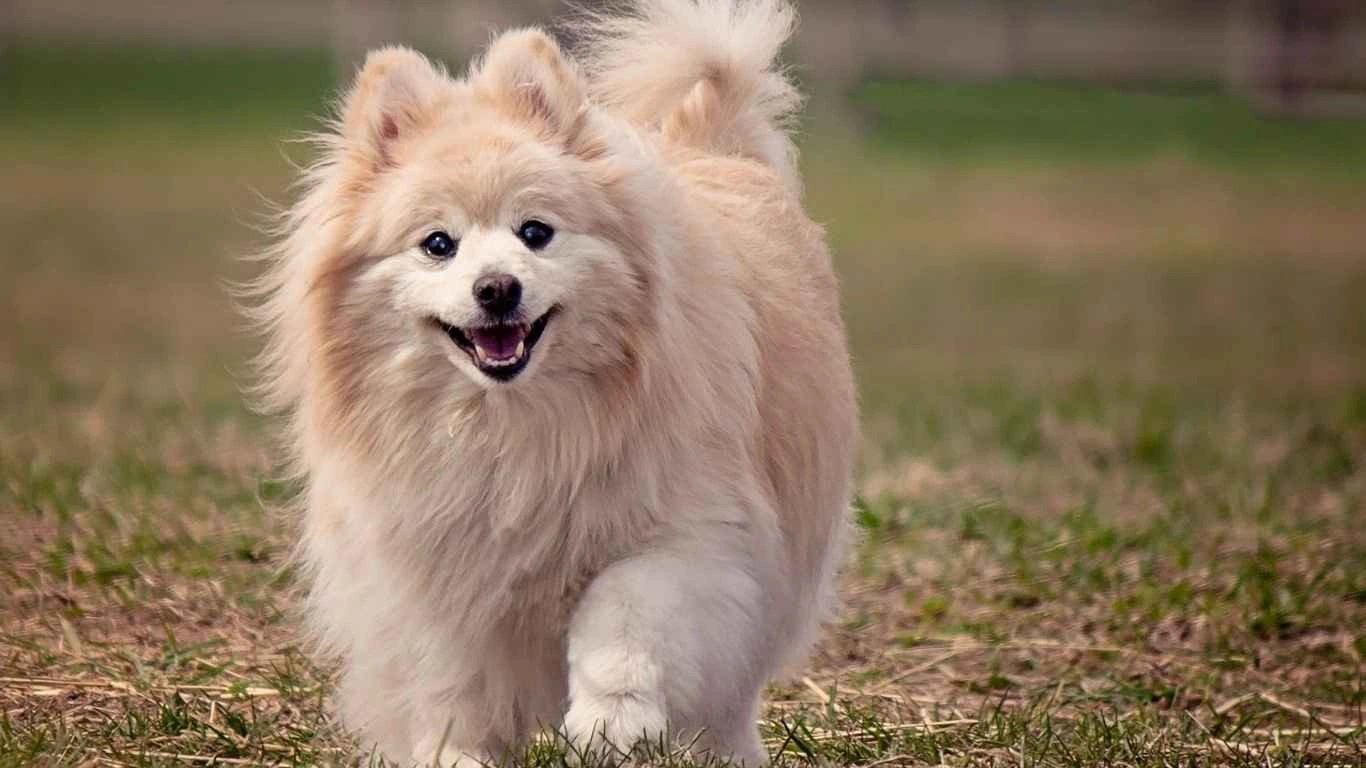
When searching for the right food for your high-energy dog, it’s essential to look for specific ingredients that promote balanced energy levels. These ingredients not only support a calm temperament but also contribute to your dog’s overall well-being. Let’s break it down:
1. High-Quality Protein
Protein is a must for any dog, but it’s especially important for hyperactive dogs. Why? Protein is responsible for building muscle and maintaining a steady level of energy. A good protein source helps your dog stay strong without leading to the energy spikes associated with sugar and processed carbs.
Look for high-quality protein like chicken, turkey, beef, or fish in your dog’s food. Make sure the protein is named (e.g., “chicken” instead of just “meat”), and try to avoid foods with fillers like soy or corn protein. In my experience, dogs with more active lifestyles do great on foods that list a specific animal protein as the first ingredient.
2. Complex Carbohydrates
Simple carbs (think white rice and processed wheat) can cause blood sugar spikes and dips, leading to hyperactivity. On the other hand, complex carbohydrates like sweet potatoes, brown rice, and barley are slowly digested and provide long-lasting energy.
Complex carbs are essential for keeping your dog’s energy steady throughout the day. They also provide a steady supply of fiber, which is great for digestion. By giving your dog food with these healthier carbs, you’re supporting their energy levels without sending them on a rollercoaster ride.
3. Omega-3 Fatty Acids for Brain Function
Omega-3 fatty acids, found in fish oils and certain seeds, are fantastic for your dog’s brain health. These essential fats play a crucial role in reducing inflammation and supporting cognitive function, which can help calm overly excitable dogs.
My personal experience with omega-3s has shown that dogs with calmer temperaments seem to have better focus and impulse control. If your dog tends to get overwhelmed or distracted easily, omega-3 fatty acids may help them maintain a more even temperament and respond to training more effectively.
Foods to Avoid for Hyperactive Dogs
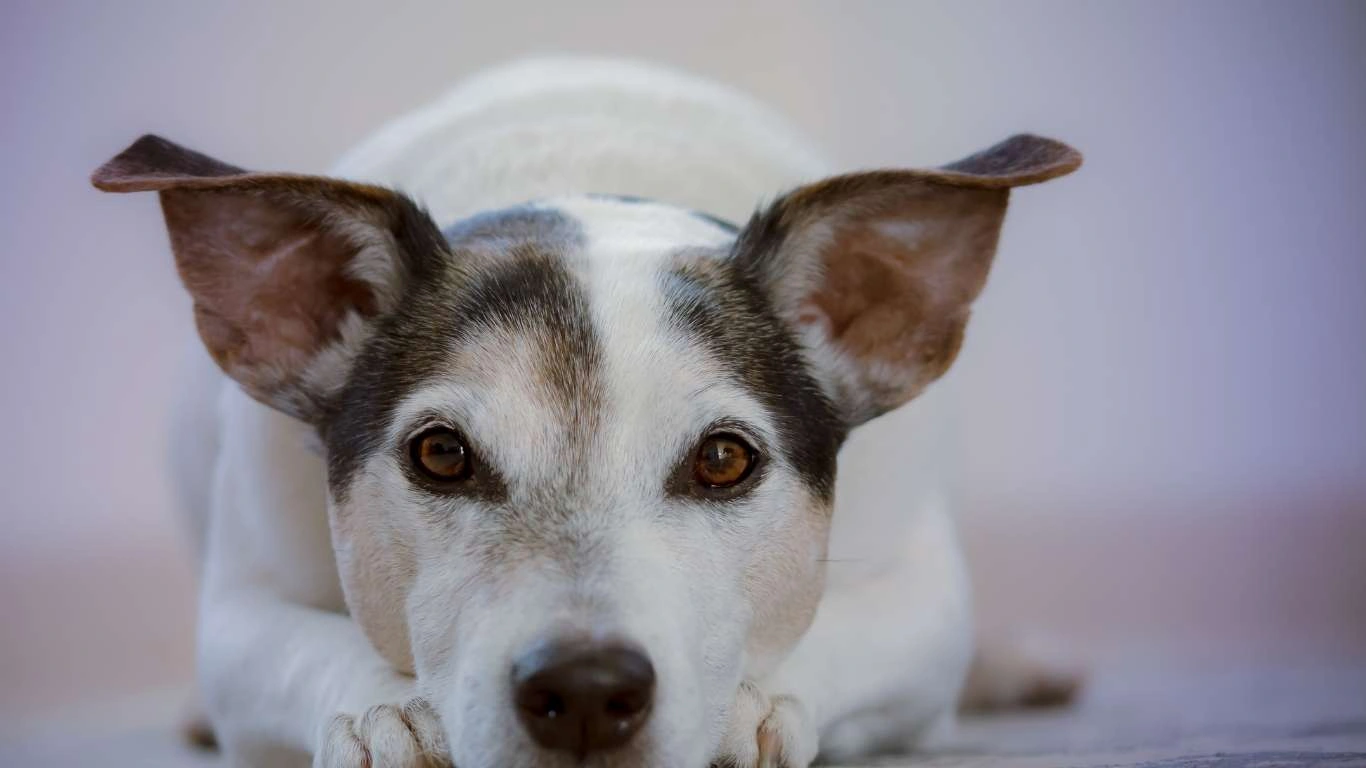
Now that we’ve covered the ingredients that make up the best diet for hyperactive dogs, let’s talk about what to avoid. While the right foods can make a world of difference, the wrong foods can worsen your dog’s hyperactivity. Here’s a list of foods and ingredients to steer clear of:
- Sugars and High-Glycemic Carbs: As mentioned earlier, foods that are high in sugar or have a high glycemic index can cause blood sugar spikes and crashes.
- Artificial Additives and Preservatives: Many cheap dog foods are loaded with artificial colors, flavors, and preservatives, which can cause hyperactivity and restlessness.
- Fillers Like Corn and Soy: These ingredients don’t offer much nutritional value and can lead to digestive issues, which could contribute to an irritable, hyperactive dog.
By avoiding these ingredients and focusing on a diet with high-quality, natural foods, you can help your hyperactive dog find a balance in their energy levels, leading to a calmer, happier pup.
How to Choose the Best Dog Food for Your Hyperactive Pup
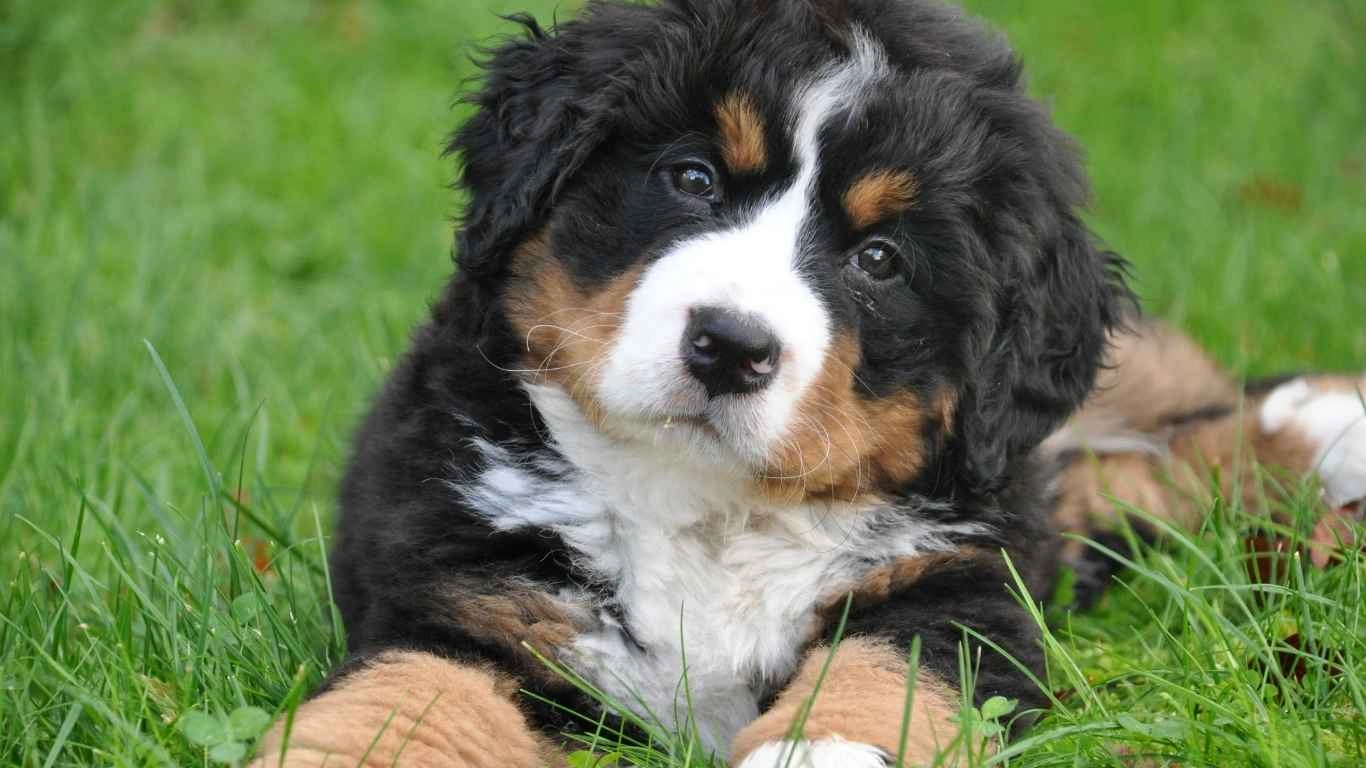
Now that we’ve discussed the key ingredients for calming your hyperactive dog, it’s time to talk about how to choose the right dog food. When it comes to finding the best diet for hyperactive dogs, it can be overwhelming with so many options available on the market. From kibble to wet food, raw diets to home-cooked meals, there are a lot of choices that claim to be the perfect fit for your dog.
But fear not, I’m here to walk you through the process! After years of working closely with pets and their owners, I’ve learned a lot about what works (and what doesn’t) when it comes to selecting the right food for your high-energy pup. So, let’s break it down, step by step.
1. Consider Your Dog’s Age, Breed, and Activity Level
Not every dog has the same needs, so the best diet for your hyperactive dog might differ based on their age, breed, and overall activity level. For example, a young puppy will have different nutritional needs than a senior dog, and a working dog (like a herding breed) will require more energy-dense food than a lapdog who’s just as happy lounging around.
I’ve found that active breeds like Border Collies, Australian Shepherds, or Jack Russell Terriers need a higher protein and fat content in their diet to keep up with their busy lifestyles. Meanwhile, smaller or less active breeds might do well with a more moderate level of calories and nutrients. It’s crucial to consider your dog’s unique characteristics when choosing the right food. If you’re unsure, your vet or a pet nutritionist (like myself!) can help guide you based on your dog’s specific needs.
2. Quality Ingredients Over Cheap Fillers
If there’s one thing I can’t stress enough, it’s the importance of choosing dog food with high-quality ingredients. The best diet for hyperactive dogs is made from nutrient-dense, natural ingredients that fuel your pup without causing blood sugar spikes or contributing to hyperactivity.
When you’re looking at dog food labels, avoid foods with cheap fillers like corn, soy, or wheat. These ingredients often serve no nutritional purpose and can contribute to digestive issues and energy imbalances. Instead, look for whole foods, like high-quality animal proteins, vegetables, and grains that offer both energy and nutrients. Remember, you’re looking for a balanced meal that supports your dog’s active lifestyle without overloading their system with unnecessary additives.
Is Grain-Free the Best Option for Hyperactive Dogs?

Over the past few years, the grain-free diet has gained a lot of attention in the pet food industry. Many pet owners believe that grain-free diets are the best option for hyperactive dogs, particularly those who may have sensitivities or allergies to grains. But is it the right choice for your pup?
In my experience, grain-free diets can be beneficial for some dogs, especially if they have food sensitivities or allergies to grains like wheat or corn. However, grain-free doesn’t necessarily mean better for all dogs. Some dogs actually thrive on foods that include whole grains like brown rice, oats, or sweet potatoes. These grains are excellent sources of fiber and complex carbohydrates, which help regulate blood sugar and energy levels.
Grain-free diets often replace grains with higher levels of legumes (like peas or lentils), which can provide additional protein and fiber. While some dogs may thrive on this type of diet, others may experience digestive issues or excessive gas. If you suspect your dog has food sensitivities, it might be worth experimenting with a grain-free formula, but always consult with your vet to ensure it’s the best choice for your dog’s individual needs.
Wet Food, Kibble, or Raw Diet: What’s Best for Your Hyperactive Dog?
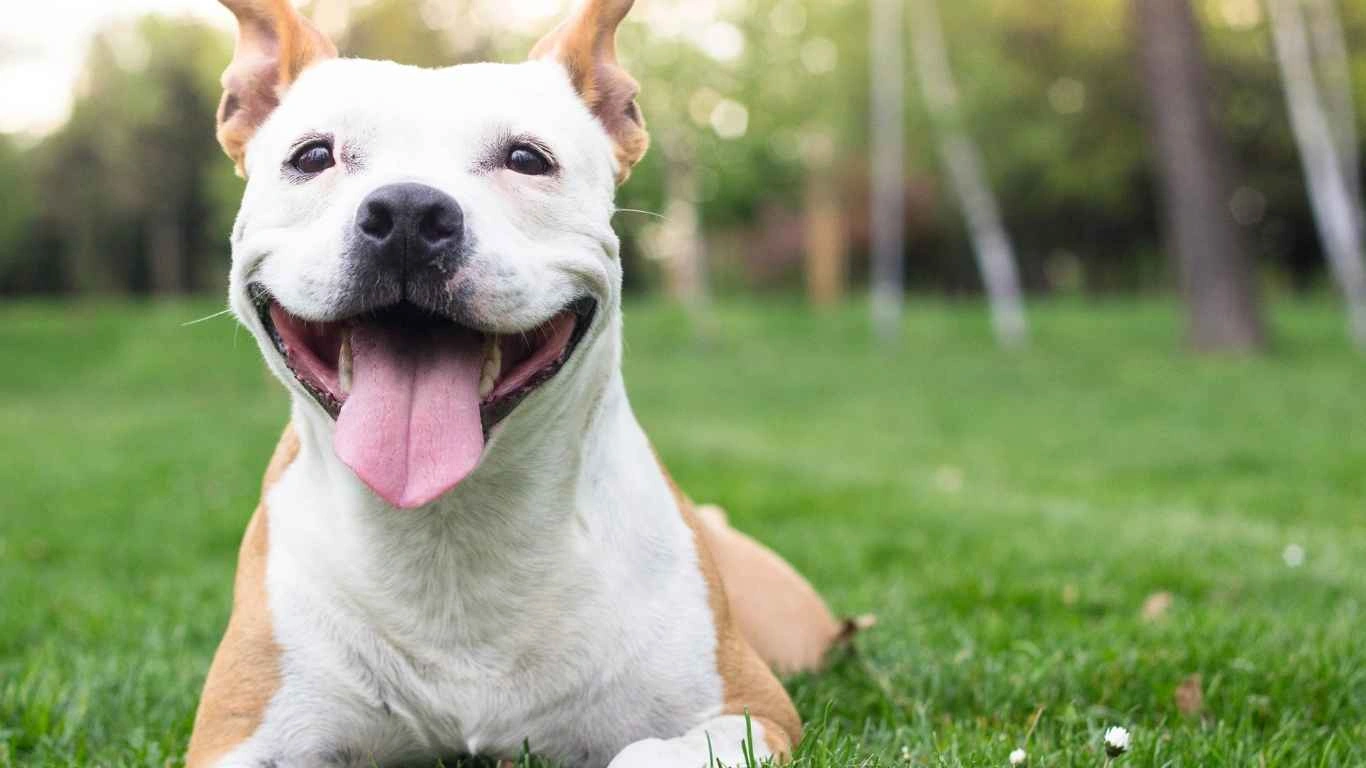
Choosing between wet food, kibble, or a raw diet can be a daunting task, especially when you’re considering how each option will affect your dog’s behavior. Here’s my take on the pros and cons of each option when it comes to the best diet for hyperactive dogs.
Kibble
Kibble is the most common and convenient option for dog owners. It’s easy to store, measure, and serve, making it a top choice for many people. However, not all kibble is created equal. Some kibble brands cut corners by using low-quality ingredients or fillers that can disrupt your dog’s digestive health and energy levels. So, when selecting kibble, be sure to choose a high-quality brand that prioritizes real meat and whole foods.
Wet Food
Wet food offers additional moisture, which can be beneficial for dogs who don’t drink enough water or have sensitive stomachs. For hyperactive dogs, wet food can be a great option as it’s easier to digest and can help promote a sense of fullness without leading to energy spikes. Just like with kibble, make sure to look for wet foods that are free from artificial preservatives and fillers, and choose options with high-quality protein sources.
Raw Diet
Raw feeding, or a “BARF” (Biologically Appropriate Raw Food) diet, has gained popularity over the years. It’s based on feeding your dog raw meat, bones, and vegetables, mimicking their natural diet. While raw diets can provide highly nutritious meals that are free from additives and preservatives, they do require a lot of preparation and knowledge to ensure your dog is getting all the necessary nutrients. In my experience, many hyperactive dogs benefit from a raw diet because it’s high in protein and essential nutrients, but it’s not always practical for every dog owner.
Ultimately, the choice between kibble, wet food, or raw comes down to what works best for your dog and your lifestyle. If you’re new to raw feeding, I recommend starting with high-quality kibble or wet food and consulting with your vet or a pet nutritionist to explore other options down the road.
Supplementing Your Dog’s Diet to Manage Hyperactivity
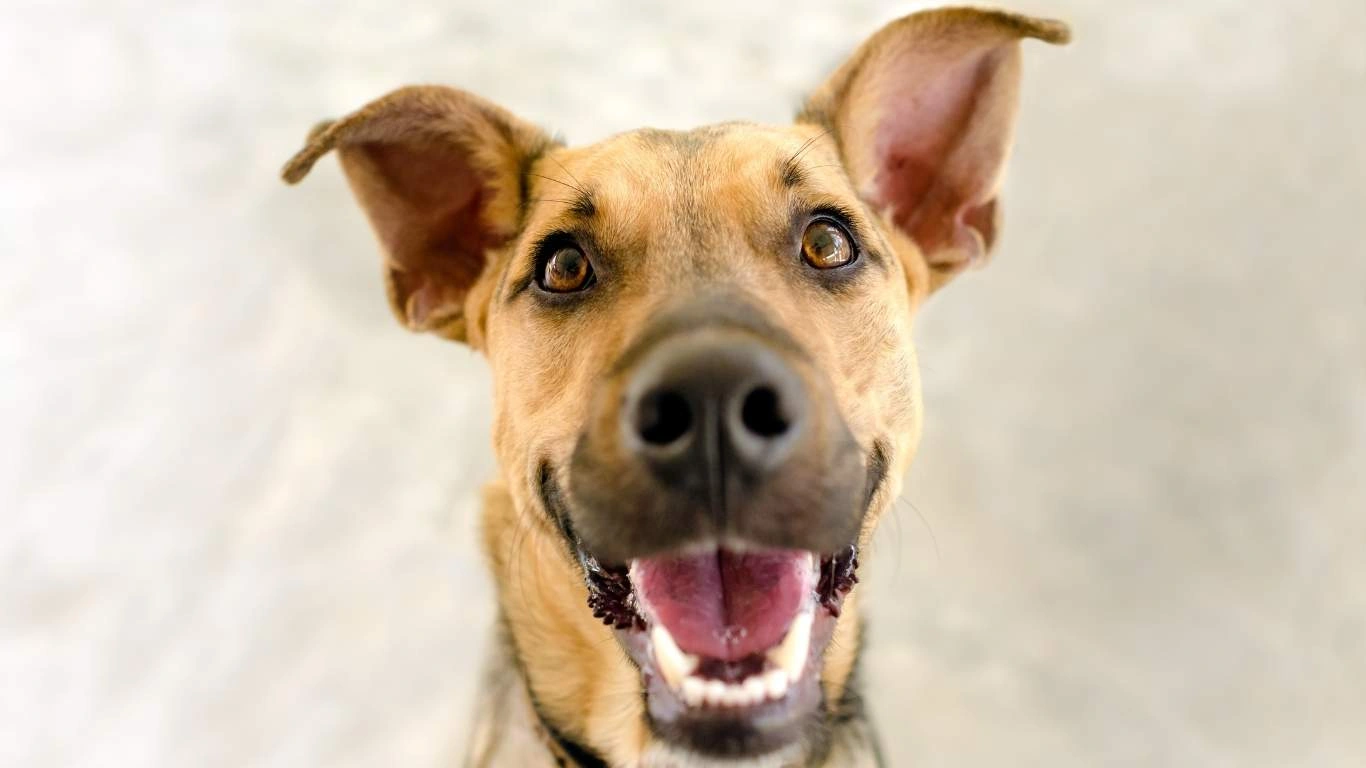
Sometimes, even the best diet alone may not be enough to fully manage your hyperactive dog’s energy levels. That’s when supplements can make a big difference. As a pet nutritionist, I’ve worked with many pet owners who’ve seen significant improvements in their dog’s behavior after incorporating the right supplements into their diet. But before jumping into any supplement regimen, it’s essential to understand what’s beneficial and why.
First and foremost, I want to emphasize that supplements should never replace a balanced diet. They are meant to support the nutritional foundation you’ve already established. Always consult with your vet before introducing new supplements into your dog’s routine, as some can interact with medications or cause adverse reactions in sensitive dogs. That said, let’s explore the types of supplements that can help manage hyperactivity in dogs.
1. Omega-3 Fatty Acids
As we discussed earlier, omega-3 fatty acids are crucial for brain function and reducing inflammation in dogs. But in addition to the omega-3s found in high-quality dog food, supplementing with fish oil or flaxseed oil can provide extra support for your dog’s nervous system. In my experience, dogs with an omega-3 deficiency often display more impulsive or hyperactive behavior.
By adding a supplement rich in omega-3s, you can promote a calmer, more focused demeanor in your dog. Just a small amount of fish oil daily (based on your dog’s size) can work wonders. Plus, it has the added benefit of improving coat health and reducing shedding, so it’s a win-win!
2. Probiotics for Gut Health
Did you know that your dog’s gut health plays a huge role in their behavior? An imbalance in gut bacteria can contribute to behavioral issues, including hyperactivity. Probiotics are beneficial bacteria that help maintain a healthy digestive system, and research has shown they can even affect mood and anxiety levels in dogs.
Incorporating a high-quality probiotic supplement into your dog’s routine can not only aid digestion but also help regulate their emotional responses. I’ve seen a noticeable difference in the overall temperament of dogs who were given probiotics regularly. It’s especially beneficial if your dog has been on antibiotics, which can disrupt the natural gut flora.
3. L-Theanine and Valerian Root for Calming
For dogs that experience moments of heightened stress or anxiety, supplements like L-theanine and valerian root can help induce relaxation without causing drowsiness. Both of these natural calming agents have been used in humans for years, and they’re just as effective in dogs.
L-theanine, an amino acid found in green tea, is known for its calming properties, while valerian root is a herbal supplement commonly used to ease anxiety and stress. Both can be particularly helpful if your dog’s hyperactivity is linked to anxious behavior. I’ve had clients whose dogs were very excitable and, after incorporating these supplements into their daily routine, saw significant improvements in their dog’s ability to relax during downtime.
Training and Exercise: Key Components for Hyperactive Dogs
While diet and supplements play a crucial role in managing hyperactivity, we can’t forget the importance of regular exercise and training. As much as we’d like to think that a dog’s energy can be fully managed by food alone, exercise is just as important for burning off that extra steam!
Training also helps in setting boundaries and improving focus, which in turn can reduce frustration and unwanted behavior that stems from hyperactivity. Here’s a look at some effective strategies for helping your hyperactive dog thrive.
1. Physical Exercise
All dogs need physical exercise, but it’s especially important for high-energy breeds. The more active your dog is, the more exercise they’ll need to stay balanced. Regular walks, playtime, and activities like fetch or agility training are fantastic ways to channel your dog’s energy in positive ways.
From my experience, dogs that get at least 30-60 minutes of physical activity per day tend to exhibit calmer behaviors at home. Exercise helps release pent-up energy, which is essential for reducing restlessness and hyperactivity. In addition, physical activity helps with mental stimulation, which is just as crucial for managing your dog’s overall behavior.
2. Mental Stimulation and Puzzle Games
Hyperactive dogs don’t just need physical activity — they need mental stimulation too. If your dog has a lot of energy, part of the problem might be boredom or a lack of mental engagement. Puzzle toys, scent games, and obedience training can help tire out your dog mentally, which often leads to more restful behaviors.
Incorporating puzzle toys or interactive feeders can help focus your dog’s energy on solving problems and using their brain power. I’ve found that dogs who engage in regular training sessions or puzzle play tend to be less hyperactive and more focused overall.
Monitoring Progress and Adjusting the Plan
Once you’ve implemented these changes — whether it’s adjusting the diet, adding supplements, or increasing exercise — it’s important to monitor your dog’s progress and adjust the plan as needed. Every dog is different, and what works for one might not work for another.
Keep track of your dog’s behavior and take notes on how they respond to dietary changes, supplements, or training. If your dog’s hyperactivity doesn’t improve or worsens, it might be a sign to consult with your vet or a professional dog trainer for additional advice. Sometimes, hyperactivity could be related to underlying health issues, so it’s important to rule out any medical concerns.
Disclaimer
The information provided in this article is based on my personal experiences and professional knowledge as a Pet Nutritionist. However, each dog is unique, and it’s important to consult with your veterinarian before making any major dietary or health changes for your pet. Always work with a professional to ensure that the diet, supplements, and lifestyle changes you implement are the best fit for your dog’s specific needs.
By combining a balanced diet with proper exercise, mental stimulation, and possibly some calming supplements, you’ll be well on your way to helping your hyperactive dog find a healthier, calmer balance in their life. Remember, patience and consistency are key!
For more pet nutrition tips and advice, feel free to visit PawPatron.

